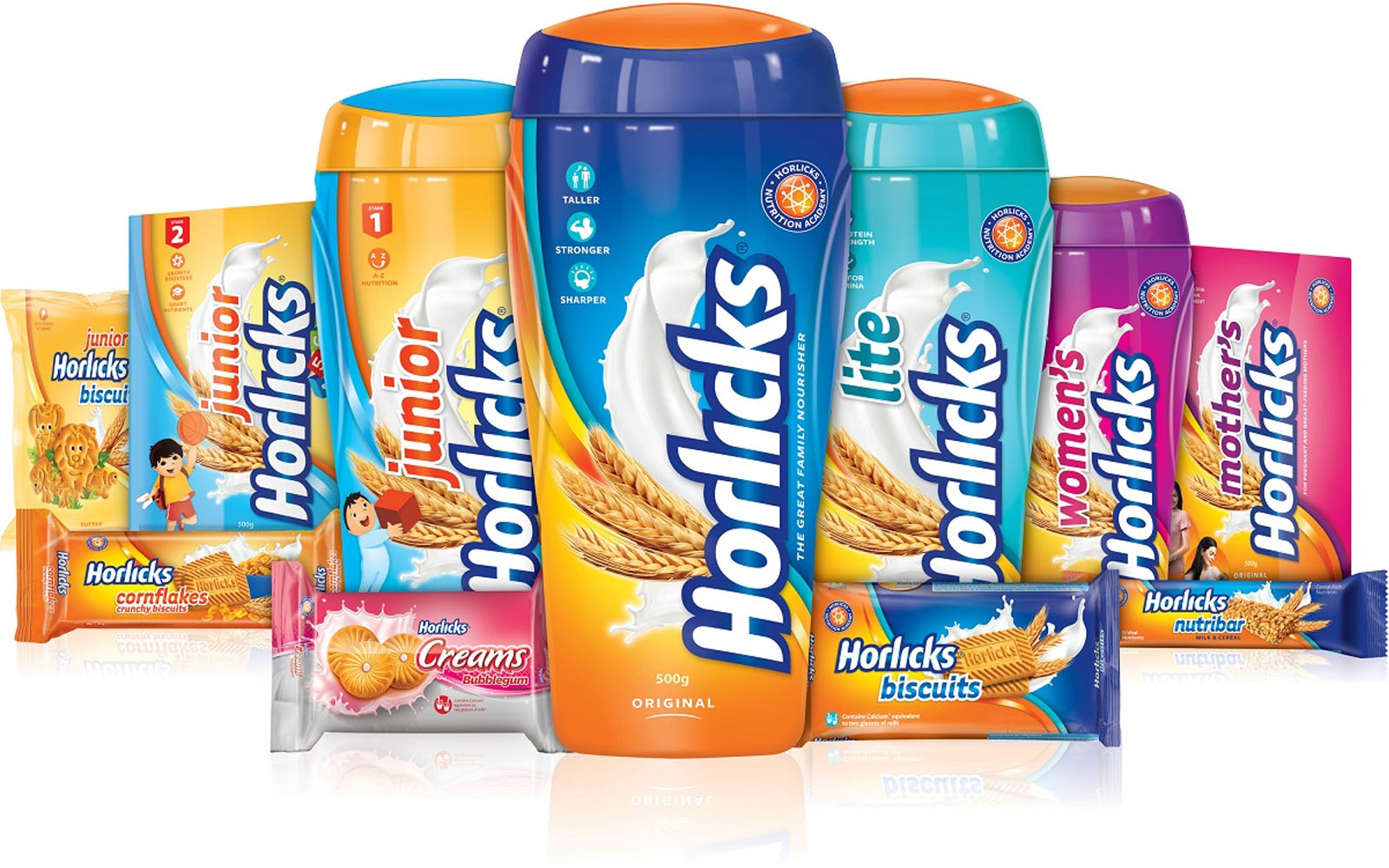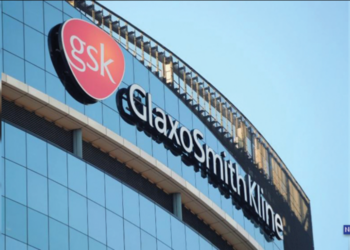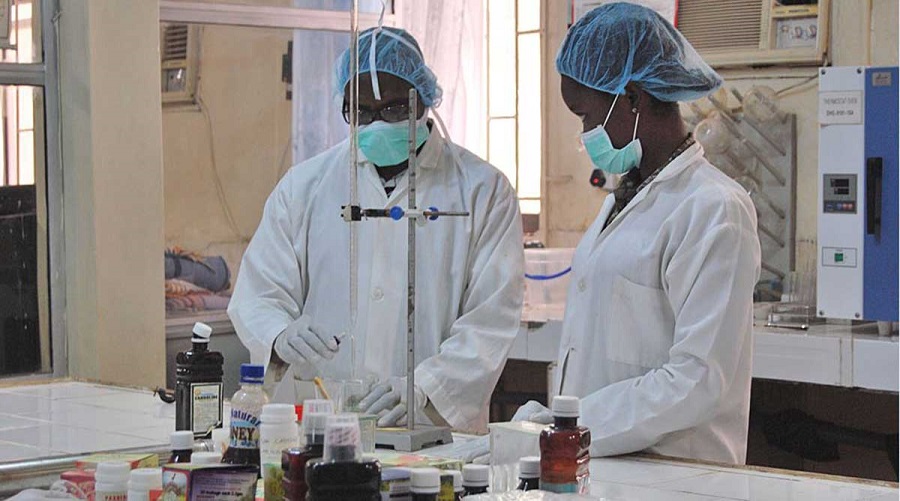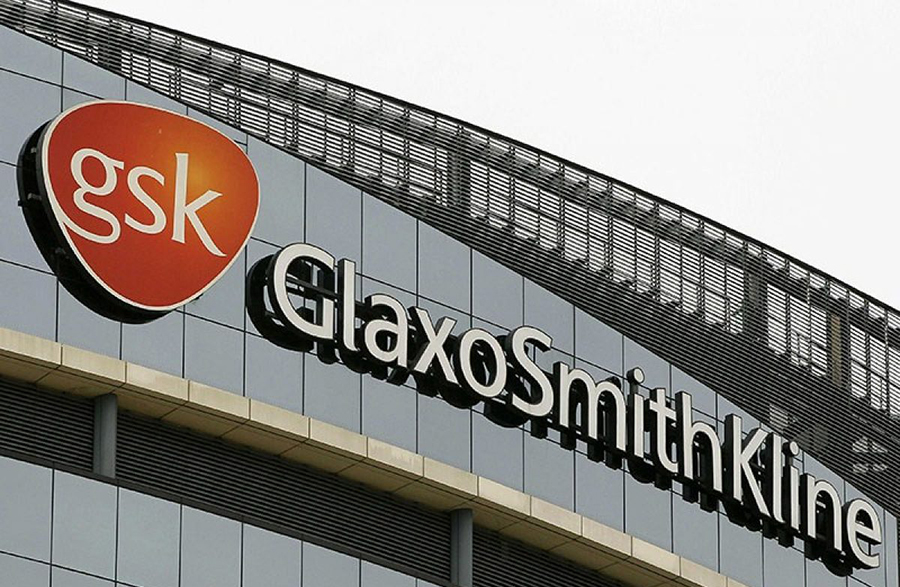Consumer Goods giant, Unilever has announced that it has agreed to buy GlaxoSmithKline’s hot malted drink, Horlicks for around $3.8 billion, further boosting the consumer group’s position in a key emerging market. The transaction also covers GSK’s health food and drinks portfolio in India and some Asian markets.
GSK’s decision to sell the business follows its $13 billion acquisition of Novartis’s stake in the two groups’ consumer health joint venture this year. GSK said at the time that selling Horlicks could support the funding of the Novartis buyout.
GSK’s Consumer nutrition business has annual sales of €550 million, derived mostly from the sale of Horlicks and Energy-drink, Boost, with more than 90% of the sales coming from India.
The deal marks a further step by GSK to streamline its business and follow a competitive auction in which Unilever saw off a rival, Nestle, as well as earlier interest from Coca-Cola.
The deal involves the merger of GSK Consumer Healthcare Limited with Hindustan Unilever Limited according to their filings. The transaction will give GlaxoSmithKline approximately 5.7 per cent stake in HUL, while Unilever’s holding in its Indian unit will drop by 5.3 per cent to 61.9 per cent.
Unilever Food Refreshment Business Head, Nitin Paranjpe, said the Horlicks brand still has room to grow once Unilever put its marketing muscle behind it, especially in emerging markets in Africa and South-East Asia.
“Penetration levels continue to be very low, with the benefit of the strong brands that we have and the company we have in India, we see the opportunity for strong growth and value creation.”
Horlicks traces its history back to 1873, when two British-born men, James and William Horlick, founded a company in Chicago to manufacture it. It was taken to India by soldiers who had fought with the British Army in the First World War.
Sold as a bedtime drink in Britain, it was developed into a much bigger brand by GSK in India, though more recently its growth has slowed as urban Indian consumers turn to healthier, less-sugary alternatives.
























